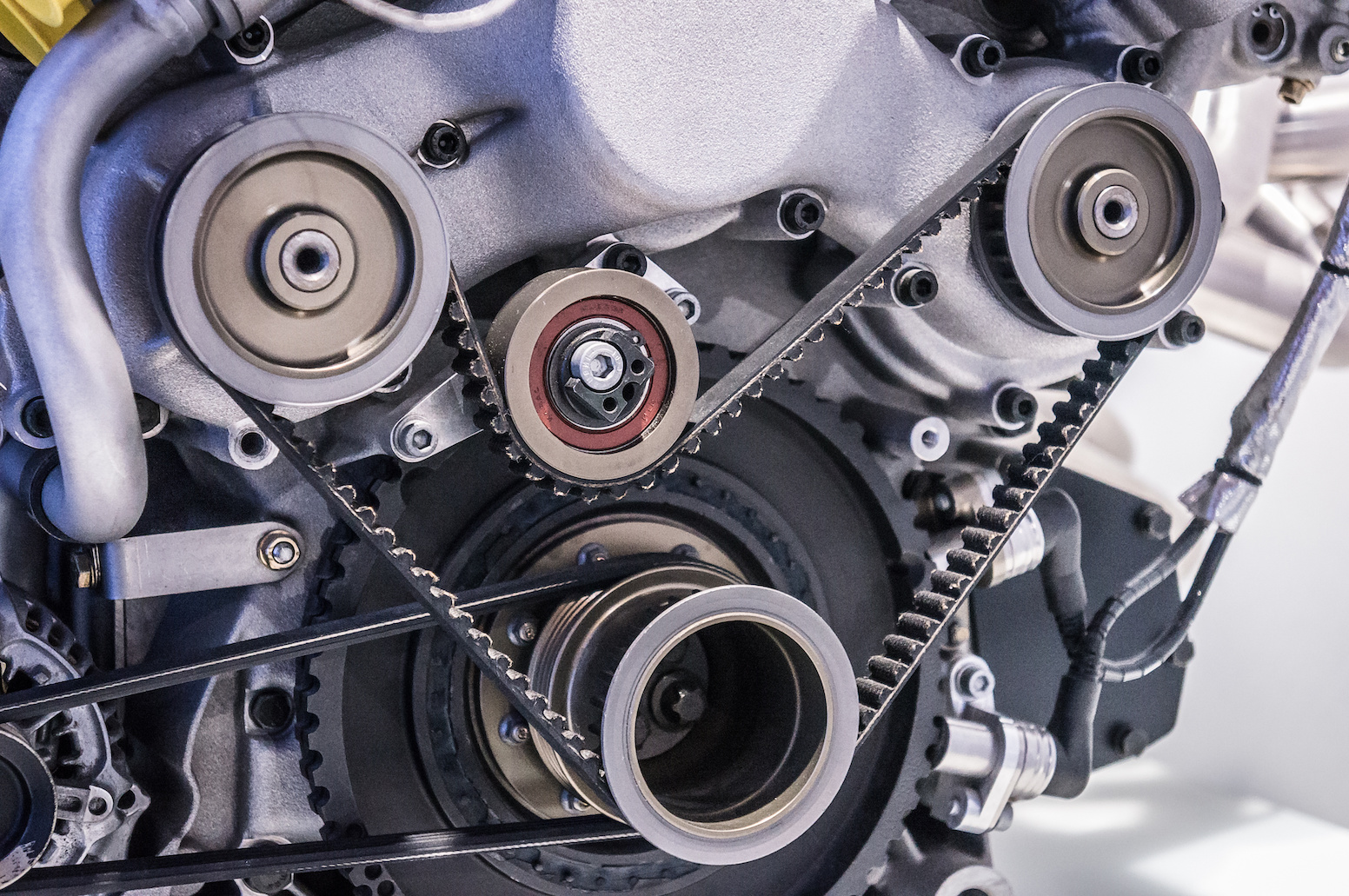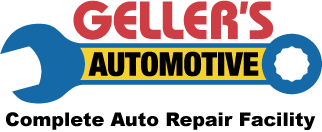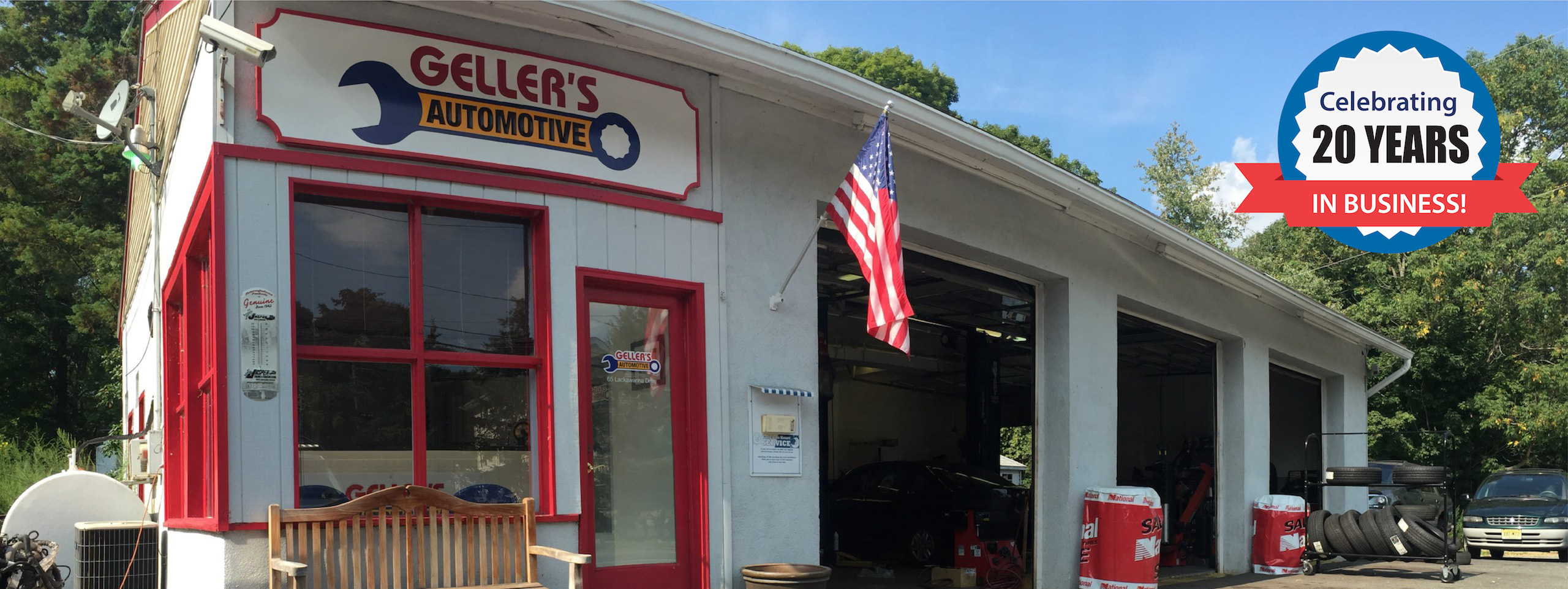
The complex components of your vehicle’s engine work through a synchronized process to enable the miracle of driving. An important element of this synchronized process are the belts supporting critical functions within your engine. In this month’s blog, we examine a specific issue that you may experience with your belt performance when you develop a problem with the belt tensioner. First, let’s talk briefly about the types of belts that you may find in your vehicle.
Types of Vehicle Belts
Your vehicle is equipped with belts that serve different but equally important purposes:
- Timing Belt: The timing belt, or sometimes referred to as the Gilmer or camshaft drive belt, is what helps turn the crankshaft in the engine. This rubber belt with notches or teeth, provides synchronized movement to the pistons and valves to power the combustion engine during operation.
- Serpentine Belt: Most drivers are familiar with the serpentine belt just by looking into the engine. The serpentine belt is a single, long belt that is made of reinforced rubber and winds around inside the engine parts to power the AC compressor, power steering, water pump, and other vehicle functions and accessories. The serpentine belt is found in all newer vehicles and replaces the use of the v-belt, which was used in older vehicle models.
- V- Belt: V-belts are a series of smaller rubber belts that originate from the crankshaft, and power similar accessories and functions as the serpentine belt. V-belts are typically found in older model vehicles, and they had the advantage of being smaller, and less likely to break and interfere with all the vehicle functions.
For the most part, your vehicle’s belts will last a long time without needing replacement. However, belts are subjected to the same problems that other engine components experience, including wear and tear from temperature extremes, aging, dirt, leaking fluids, and other road hazards.
So, where does the belt tensioner come into play with the performance of your vehicle’s belts?
The Belt Tensioner
As your vehicle’s belts are in use, they are being pulled at a high speed and may stretch and become loose over time. That’s where the belt tensioner assists. The belt tensioner lives up to its name by keeping the right amount of tension on the belts to ensure that they continue to do their job of powering up vehicle accessories and components.
There are two types of tensioners – manual (pivot) or automatic (spring). A manual tensioner requires a technician to physically adjust the tension while an automatic is designed to adjust on its own with the use of a spring.
The tensioner is comprised of four main parts: the pulley, the tensioner arm, the spring, and the base. Think of a tensioner as a type of pulley attached to a pivot point or spring that gives and takes when it is necessary to maintain the proper tension on the belt.
Belt Tensioner Problems
Like most other vehicle parts, the tensioner is subjected to wear and tear, especially since it is supporting the belts that are in constant motion when operating. If there are problems with the belt tensioner, then these will manifest in the belts or the components powered by the belts.
Typical signs to look for include:
- Belt Damage: If there are issues with the tensioner, specifically the pulley, you may notice unusual wear on the edges of a belt. They may look frayed or worn.
- Component Failure: Another possible sign of a tensioner problem may manifest in the components that are powered by the belts. For example, if your vehicle is overheating, it is possible that the tensioner arm could be causing an issue with the belt that powers the water pump. Or an AC issue might be related to a breakdown in the compressor from the belt tensioner.
- Unusual Sounds: You may hear unusual squeaking, clicking or other sounds when the belt is in operation. This could be the result of a failed belt tensioner.
When you notice issues that might signal a belt tensioner problem, it’s best to get them examined quickly. Avoiding possible problems with the belt tensioner can only lead to further complications with the components that are powered by the belts or result in a broken belt altogether.
If you would like to have us check out your belts and tensioner, give us a call at Geller’s Automotive today and schedule a service appointment.



